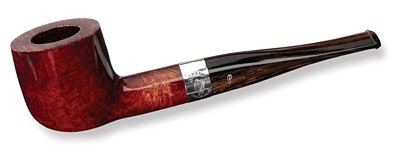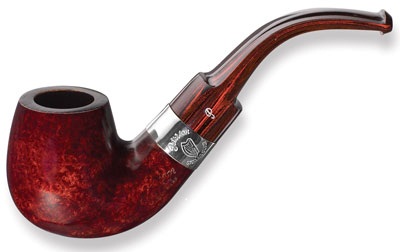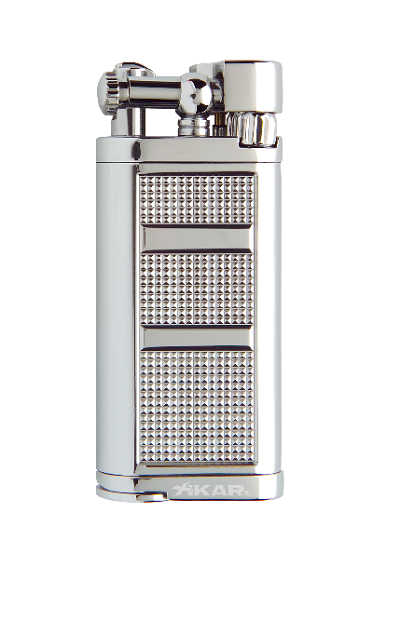Pipe Smoking: Not Just for Grandpa Part 1
Steeped in ritual and tradition, pipe smoking is one of the oldest methods to consume tobacco. Once delegated to the crypts of tobacco history, pipe smoking is resurging among young adult smokers. In response to the rising prices of other tobacco products, such as cigarettes, smokers are rediscovering the joys of pipe tobacco. Aside from lower costs, the pipe itself is often seen as a personal relection of one’s personality, and interests. As with cigars, there are a few do’s and don’ts of using a pipe; following these tips will make all the difference in pipe smoking.
The first step on the journey of pipe smoking is to know the basics of a pipe and the accessories required. Obviously, the first necessity is the pipe itself. Which style of pipe that is used is completely up to the smoker. Some prefer a pipe with a straight stem, while others prefer a pipe with a bent stem. Every pipe is composed of 4 main parts; a bowl, a shank, a stem, and a lip. The bowl is where the tobacco is placed; the shank connects the bowl to the stem, the stem carries the smoke to the lip, which is where the smoker places their mouth on the pipe.
The next step of pipe smoking is packing, which is the act of putting tobacco in the bowl of the pipe. A properly packed pipe will provide the smoker an effortless and relaxing smoking experience, while a poorly packed pipe will result in a session that is riddled with problems. A properly packed pipe will ensure that enough air can pass through the tobacco to keep it lit. If a pipe is packed too tightly, it will constantly require relighting because air will not pass through the tobacco. If a pipe is packed loosely, the tobacco will burn hot and fast, which can damage the pipe. While there are a few different ways to pack a pipe, an easy way to ensure a proper pack is with a 3 step pinch method. Instead of jamming tobacco into the bowl all at once, take a small pinch of tobacco and pack it down gently. This is important because it ensures that the draw will be effortless. Next, take another pinch of tobacco and pack it down a little firmer. Increase firmness with each pinch until the pipe is full. Always test the draw before lighting the pipe, you want the draw to have just a little bit of resistance to it.
Finally, the type of flame used also plays a role in pipe smoking. It is best to NEVER use a butane torch because the intense flame can burn through the material that makes the bowl of the pipe. Matches are always a good method; just keep in mind that the sulfur tip needs to be completely burned before the match is used to light the tobacco. Lastly, pipe lighters are specifically designed to light pipes, they use a soft angled flame fueled by butane to slowly ignite the tobacco.
Now that the bowl has been properly prepared for smoking, all there is left to do is light up the tobacco, relax, and smoke, which we will cover in Part II.













